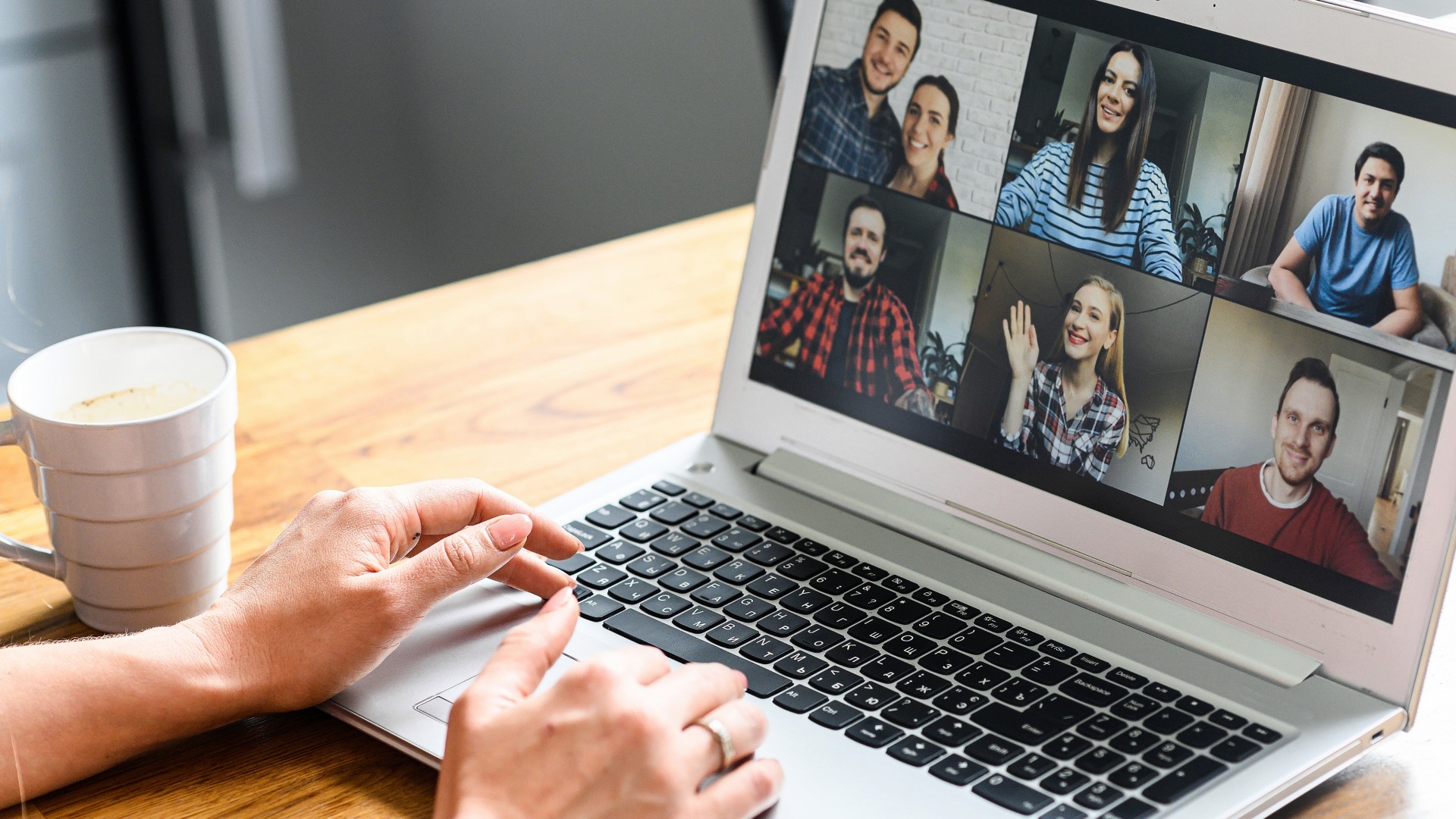10 May Zoom Exhaustion: Moving Back to In-Person Meetings
The founder of Zoom, Eric Yuan, is exhausted! The 51-year-old Chinese-born American entrepreneur has been making headlines for his Zoom fatigue. He’s recently been quoted stating: “I’m so tired of that… I do have meeting fatigue”. The comments came after a video conference of the Wall Street Journal’s CEO Council summit when he had to endure 19 Zoom meetings in a row- a lot by anyone’s standards. Meanwhile, at another high profile company, Jimmy Dimon, JPMorgan’s chairman and CEO revealed that he is planning to cancel all virtual meetings via Zoom.
They echo the feelings of a nation of business people here in the UK, working from home during the lockdown period and tiring of the good old days of in-person meetings….the ones we all moaned about, but miss terribly- despite ourselves.
The reasons for Zoom fatigue are numerous and actually more complex than you might think.
Firstly, we humans are social animals who rely on social cues to function, things like body language, eye contact, and even somebody’s physical stature and presence, or smell. Deprived of these, we have to concentrate much harder to ‘suss out’ people’s emotions and agendas, all the while aware subconsciously that we are set up to fail without the help of those vital social cues we have relied upon all our lives. It creates stress. We’re programmed to seek stimulation from multiple senses, but these important senses are being dulled down or omitted completely.
At the same time, we’re dealing with distractions we wouldn’t have in real-life meetings- background noise, computer issues, digital backgrounds, screen-freezes, and switching the screen view around for better visibility.
And, something you maybe never considered: in a real-life meeting you wouldn’t be presented with your own face, or have to watch yourself talk. That creates a heightened awareness about how you look and how you are coming across. It’s an unwanted distraction from the business at hand.
Presented with our own image on a screen and trying to overcome obstacles to get our point across effectively, we overcompensate in exaggerated language and body language. All of which is draining, however, accustomed you might get.
Plus, of course, it’s difficult to have any meaningful side conversation with a colleague or client. Everything is filtered through the group, leading to a duller, more sanitised experience, as well as one that fails to encourage the type of brief one-to-one discussion that sparks inspiring ideas.
Scientists at Stanford University have identified Zoom fatigue as a clinical condition, brought on by the ‘cognitive load’ of video conferencing, excessive close-up eye contact, the discomfort of staring at ourselves on screen, and the generally artificial nature of it as a way of conducting a meeting.
There’s no question that Zoom has proven invaluable over this last year or so. We’ve sung its praises as a real-time and money saver, an innovative way to work and highly convenient. It will change how we do business in the future. But like anything that’s overdone, it has lead to negative experiences, boredom, and exhaustion.
It’s now time to step away from the incessant video conferencing and back into real life, into real meeting rooms where we all sit around the same table, drink the same coffee, pour from the same bottle of water. We might not do it quite as much as before, but we will find it more freeing than we ever could have imagined two years ago.
Whatever type of getting together you need to organise we would welcome the opportunity to host you at our Mantle Indigo Conference Centre. Contact us on 01189778599 or info@mantleltd.com to discuss your booking now, we look forward to interacting with you soon!


Sorry, the comment form is closed at this time.